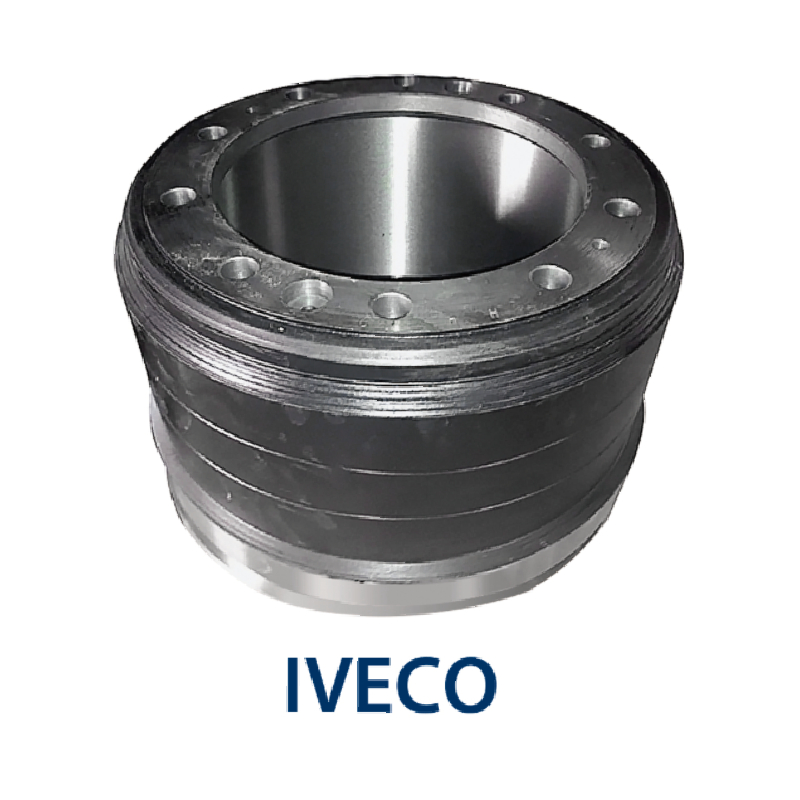Ago . 08, 2024 00:15 Back to list
Understanding the Right Time to Replace Brake Drums in Semi Trucks for Optimal Safety
When to Replace Semi Truck Brake Drums
Brake drums are critical components of a semi truck's braking system, as they play a vital role in ensuring safe and effective stopping. These cylindrical metal parts house the brake shoes and work in conjunction with hydraulic mechanisms to bring the vehicle to a halt. Over time, brake drums can wear out and become less effective due to several factors such as heat, wear and tear, and operational conditions. Understanding when to replace semi truck brake drums is essential for maintaining vehicle safety and performance.
Signs of Wear and Damage
Several indicators may suggest that it is time to replace the brake drums on a semi truck
. The most common signs include1. Cracks and Scoring Visual inspections should be a regular part of any truck maintenance routine. Look for visible cracks, deep scoring, or wear patterns on the surface of the drum. If any of these defects are present, it is crucial to replace the drum to prevent further damage and maintain effective braking performance.
2. Increased Stopping Distance A noticeable increase in stopping distance can be a warning sign that the brake drums are not functioning correctly. If drivers observe that the truck takes longer to stop or if the brakes feel less responsive, it may be time for brake drum replacement.
3. Vibration or Pulsation If the truck experiences vibrations or pulsations when braking, this can indicate an issue with the brake drums. Warped or unevenly worn drums can lead to an inconsistent braking experience, which could compromise safety.
4. Overheating Brake drums can overheat due to excessive friction generated during braking. Overheating can lead to thermal expansion, causing the drums to warp. If a driver notices a burning smell or if the brakes seem to fade after prolonged use, it is essential to have the drums inspected immediately.
when to replace semi truck brake drums

5. Excessive Wear Regular maintenance should include measuring the thickness of the brake drums. Most manufacturers specify a minimum thickness for safe operation. If the brake drums have worn down to this minimum thickness, they should be replaced, regardless of visible damage.
Maintenance Practices
To extend the lifespan of brake drums and ensure optimal performance, proper maintenance is key. Regular inspections, including checking the condition of brake pads and lining, should be conducted every time the truck is serviced. Keeping the brake system clean and free from contaminants such as dirt and moisture can also reduce wear and prolong the life of the drums.
Additionally, ensuring that the brake adjustment is correct will help minimize uneven wear. Improperly adjusted brakes can lead to excessive wear on the drums and other brake components, resulting in more frequent replacements and repairs.
Consultation with Professionals
When in doubt, it is advisable to seek the expertise of a qualified mechanic or brake specialist. They can offer professional insights into the condition of the brake system, assess whether the drums need replacing, and recommend suitable replacement parts. It is crucial not to overlook brake maintenance, as the safety of the driver, passengers, and others on the road depend on the effective function of the braking system.
In conclusion, recognizing the signs of wear, conducting regular inspections, and adhering to maintenance practices are essential for determining when to replace semi truck brake drums. By prioritizing brake system care, truck operators can enhance safety and performance, reducing the risk of accidents and costly repairs. Knowing when to replace brake drums is not just about compliance; it is about ensuring that every journey is as safe as possible.
-
High-Quality Brake Drum MAZ – Durable Drum Brake Drum & Brake Drum and Brake Shoe Solutions
NewsJul.04,2025
-
Brake Drum Man - High-Quality Drum Brake Drums & Brake Shoes for Reliable Performance
NewsJun.24,2025
-
High-Quality Brake Drum Kamaz – Durable Drum Brake Drum & Brake Shoe Replacement
NewsJun.10,2025
-
High-Quality Brake Drum Liza for Drum Brake Systems - Superior Durability and Performance
NewsJun.10,2025
-
High-Quality Brake Drum Kamaz – Durable Drum Brake Drum & Brake Shoe Solutions
NewsJun.10,2025
-
Durable Kamaz Brake Drums High-Performance Truck Parts
NewsJun.09,2025
